
Nintendo’s famed video game designer Shigeru Miyamoto has spent his career developing some of the world’s most iconic and cherished video games, from the Super Mario franchise to Zelda and Donkey Kong. As video game consoles have changed over the years, so have the ways in which people play them: the Wii heralded motion controls, the Wii U introduced a dual-screen experience to Nintendo fans for the first time, and the 3DS handheld system brought Mario and others to life in 3D.
This year, Nintendo began to venture into a widely lucrative yet untapped territory for the company: mobile gaming. December 15th marks the launch of Super Mario Run for the iPhone and iPad, which will be the first time the iconic plumber will be making his way to mobile devices. TIME spoke with Mario creator Miyamoto about the challenges that come with bringing Mario to a new platform and more.
The following transcript that has been edited for length and clarity.
TIME: This is the first time Mario is coming to the iPhone. What were some of the challenges that came with bringing Mario to a new medium?
Miyamoto: I’ve been using smartphones myself for many years so I had a good idea in mind for what would be a good way to bring Mario to smartphones. But I think for us, the biggest challenge was really in zeroing in on those core elements of Mario that would be best suited for play on smart devices. We had, during the Wii and 3DS days, experimented with ideas where Mario ran automatically and you would play by making Mario jump. And after doing some of those experiments we felt that would probably be the best way to bring Mario to iPhone, where you’re just playing with one hand just controlling the jumps. And once we zeroed in on that it became relatively straightforward for us in terms of the game development.
And then in terms of actual development challenges, Nintendo has always focused its development on a single platform at a time. And of course we’re designing the hardware and the games. And so when we designed our hardware for gaming we’re doing it in a way that offers very stable performance for gaming. But because smartphones are a multi-use device, we had some challenge in trying to get the performance out of the system that we wanted. But just working through development and with the team we were able to get it to where we were able to get the performance we wanted from iPhone to offer a stable gameplay experience.
Check Out This Sneak Peek at Super Mario Run

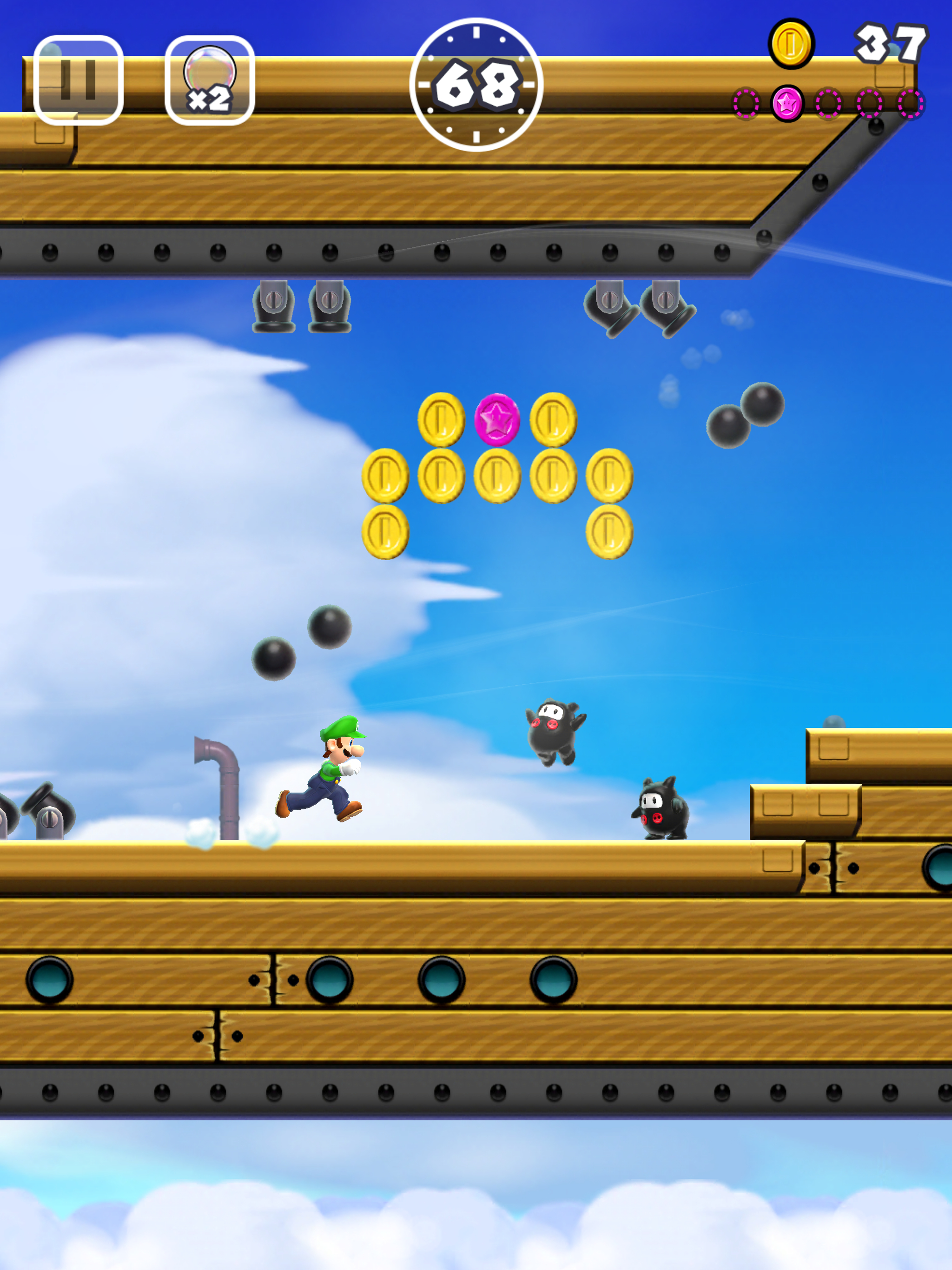
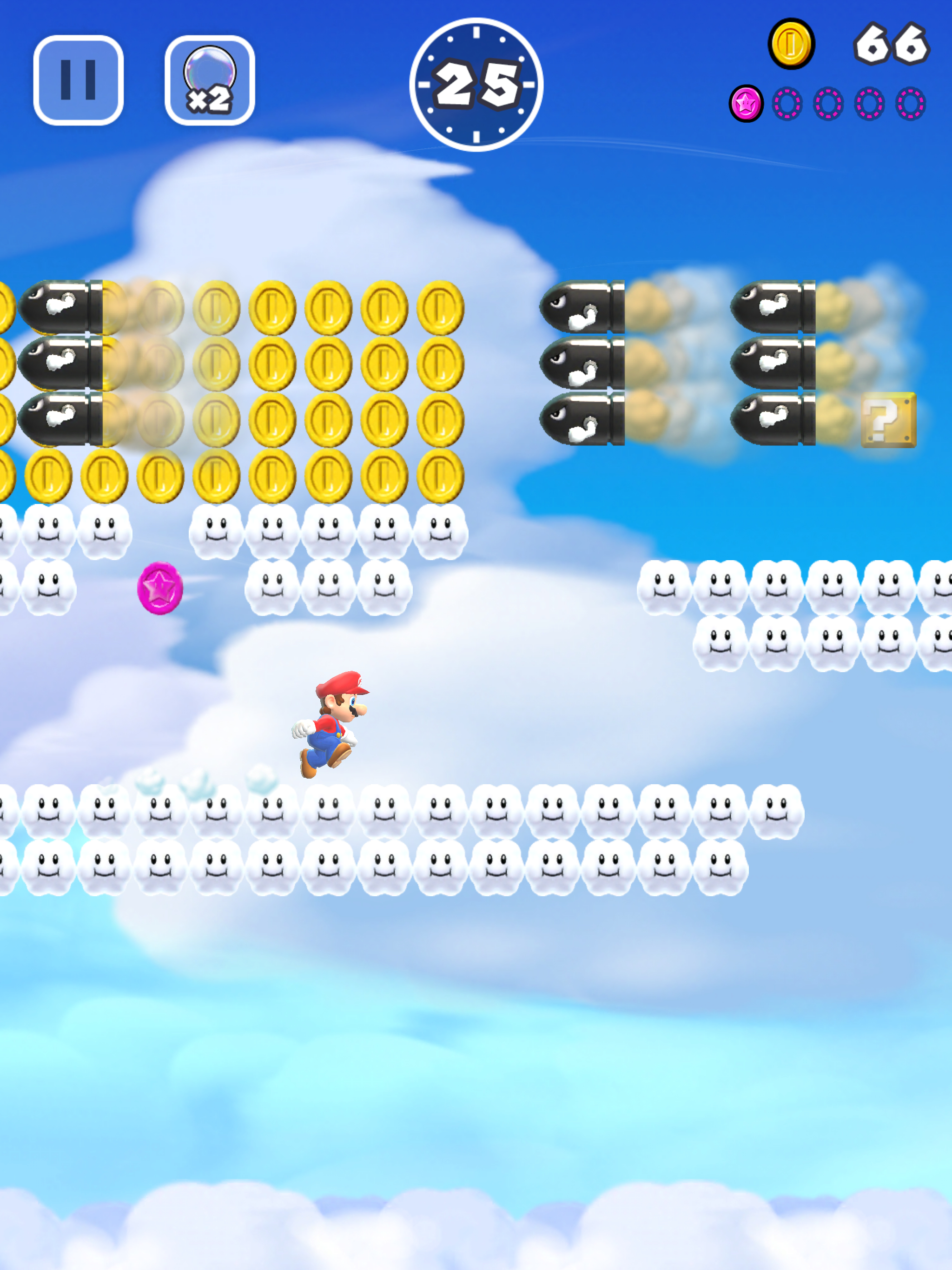
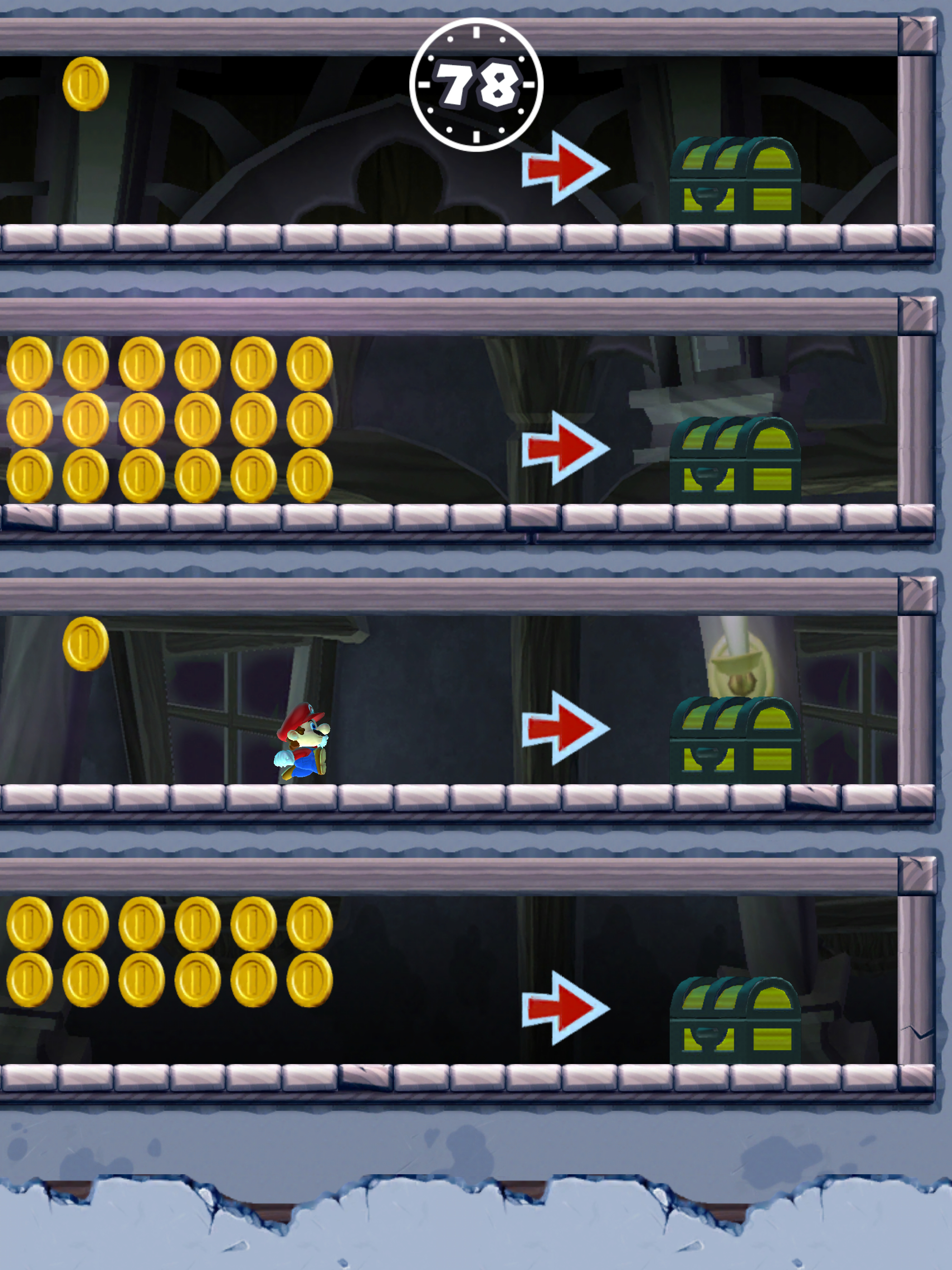
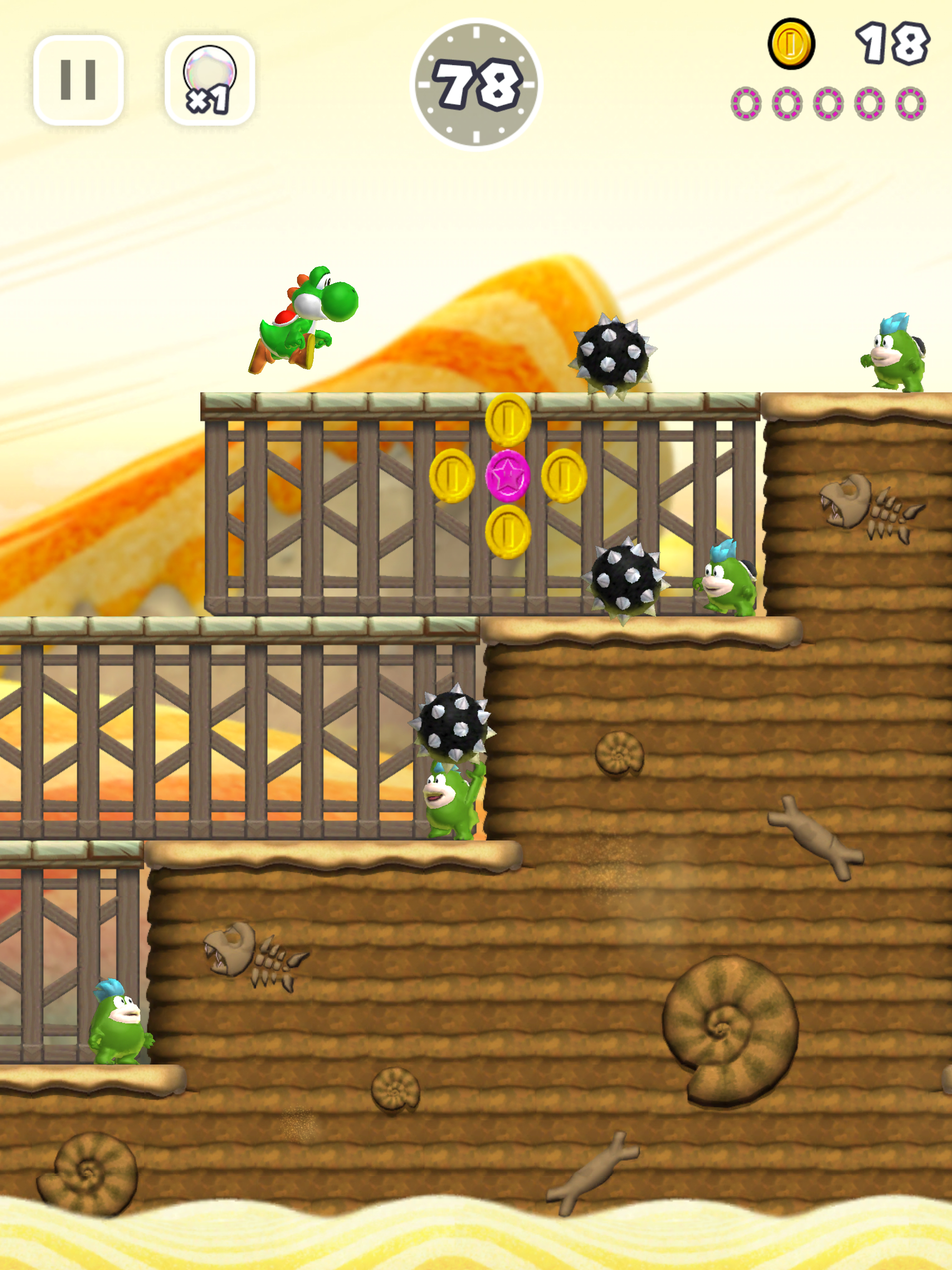
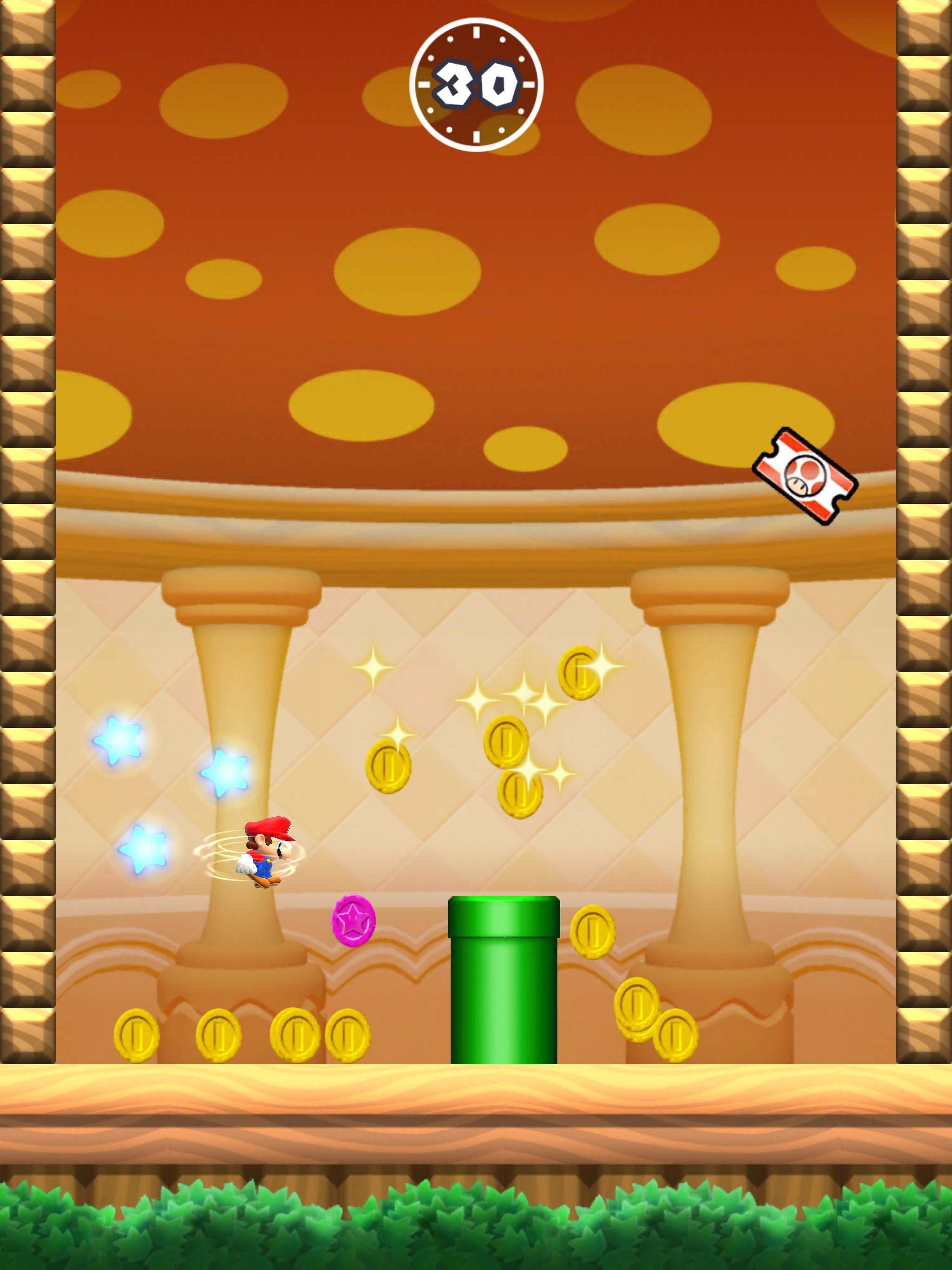
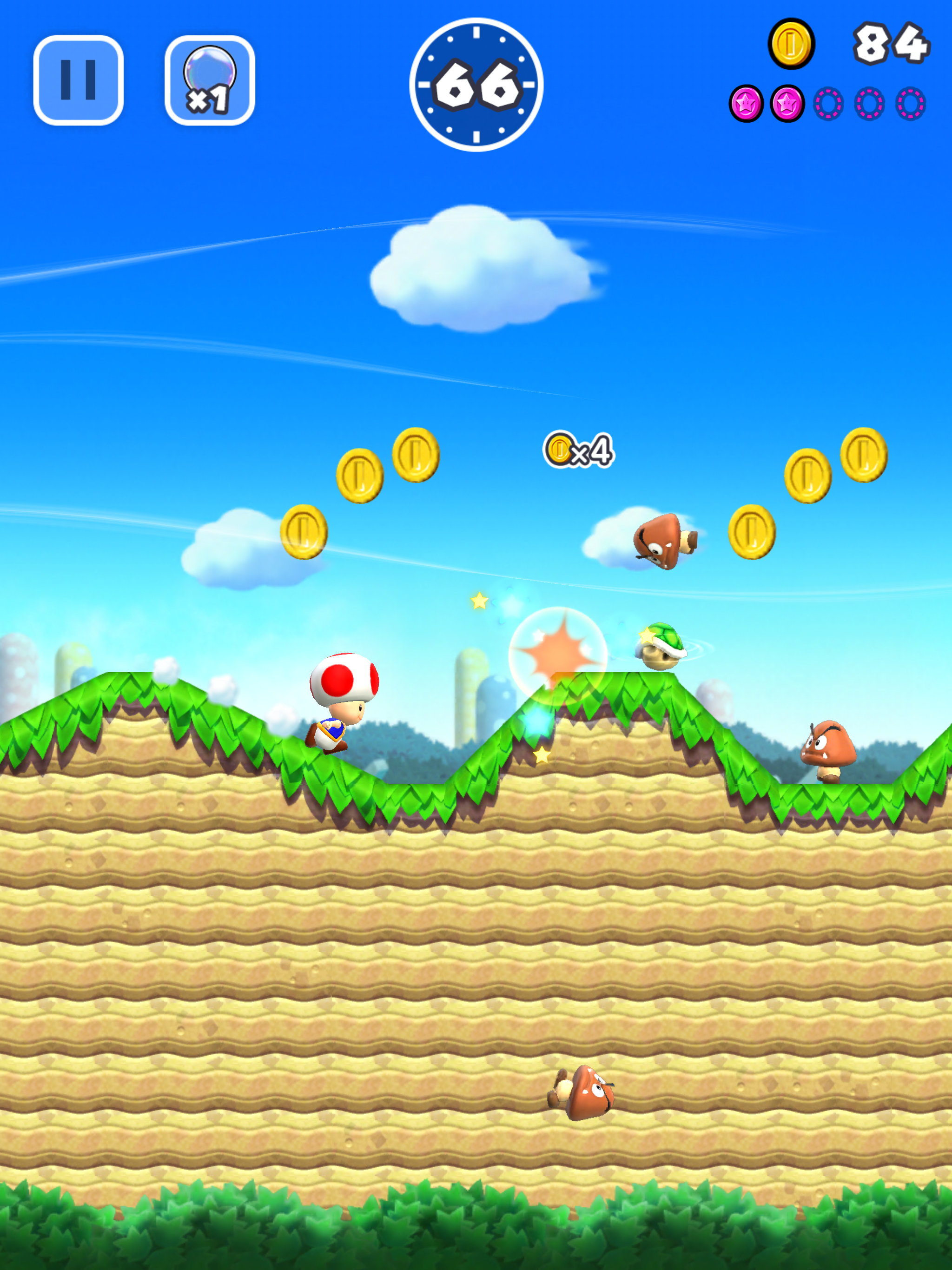
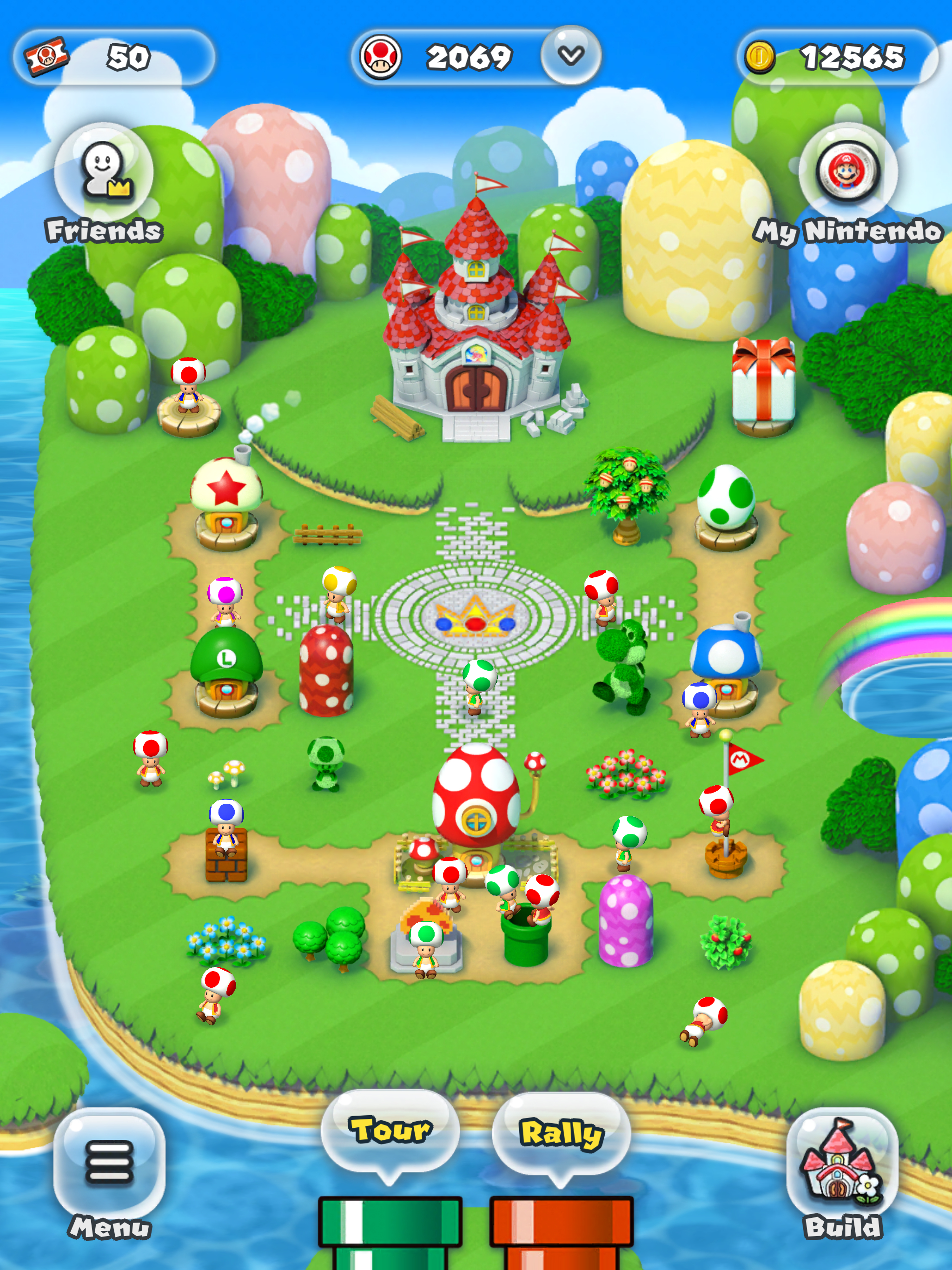
Nintendo has always been great at using hardware in creative ways that complement gameplay. We saw that with Wii U with Super Mario 3D World, where you have to sometimes interact with elements on the tablet screen to progress through the level on the TV screen. What was it like bringing that mentality to the iPhone?
One of the challenges in game development is the very first time you make a new game, you generally design it so that as broad of an audience as possible can play. But then gradually as you make more and more sequels, you start to make the game more complex and more challenging for the fans that have played the series. And you gradually get to a point where it becomes more difficult for beginners to be able to get into the game. So this has been sort of a focus of ours during the DS and the Wii days, where we’ve sort of tried to go back to the roots of the original gameplay and reset so that it has an easier entry point for people. And that was a very important thing for us with Super Mario Run as well.
We didn’t think about bringing an existing Mario gameplay to iPhone and just porting over something that you controlled with buttons before. We really focused on, what is the best Mario experience for what you get with iPhone?
Of course one of the advantages or one of the things about interactive entertainment that people like is the ability to completely control everything themselves. But even if you have some automatic support structures built in, it can still be fun for people to interact with what’s on the screen. And with Mario games in particular, it really is that sense of satisfaction that you get when Mario gets to the flagpole at the end.
But I also think that one of the most entertaining elements of interactive entertainment is that you as the player are able to look at what you’ve done and what’s coming ahead of you. And it’s really fun to think about, ‘Oh, I should have done this a different way,’ or, ‘This is coming and now I have to adjust to that.’ By playing these levels and replaying Super Mario Run, I think people will find a lot of fun just in slight changes to the timing of their taps in order to get all of the colored coins or maximize their score.
How did you pick and choose what gameplay elements are right for the iPhone and which ones aren’t? I noticed, for example, that I didn’t see any power-ups other than the mushroom in Super Mario Run like there are in the console games. Is that something we’ll eventually see in a mobile Mario game?
I think with this being our first Super Mario game on iPhone, we’ve designed this both in what’s the best experience but also with a long road ahead of us in terms of what else we can do on iPhone. So perhaps you can look forward to some of that at some point in the future. But one thing we have done this time is that you’ll be able to play not just as Mario, but after going through the game and unlocking some things and meeting some conditions you’ll be able to play as some of the other characters as well.
In previous console-based Mario games, playing with different characters can give you various gameplay advantages. Will we see this carry over to Super Mario Run?
It’s less on having those characters to achieve or accomplish specific tasks, and more of giving players a tool to unlock more of their gameplay creativity. Even if you’re trying to collect the same group of colored coins, doing so with a different character will require you to do it in a different way. So that can be fun for the players to explore.
This is one of the first mobile games Nintendo is releasing. We saw the launch of Miitomo earlier this year, which is more of a social app, and Pokémon Go, which is a geolocation app. What other genres are interesting to you?
There’s a number of other areas that we’re looking at. But in the near term, the ones that will be coming out are a Fire Emblem game and Animal Crossing. And then of course each of these different games appeal to slightly different audiences. We see that a lot of parents often buy Mario games for their kids. From a pricing and payment structure, we felt it was important that parents would just pay once and then their kids can play to their hearts’ content. So what we’ll do with each of these games is look at who’s the main audience playing and we’ll devise a pricing structure for each game that’s applicable for each audience.
An app like Super Mario Run is more condensed than a Wii U title. How did you balance incorporating a variety of characters and level types?
Just because of the history of the franchise, we have a lot of assets to choose from. Actually for us, one of the biggest challenges was deciding what doesn’t go in because we were very quickly able to fill it up with content. Our approach was really to focus in on what are the right enemies for a game when Mario runs automatically. What are the right course styles? Those were the decisions that we were making, was zeroing in on those types of elements. But what that means is we still have a lot of ingredients left over that we can continue to cook with, so to speak.
A few things that we did, for example, is we took the Bullet Bill characters that usually come at you from the direction that you’re heading and we changed them and made them red, and now we have them coming at you from behind. The spiny characters with spikes on their shells are also little bigger so they’re easier to see.
The Kingdom Builder mode is a relatively new concept for Mario games. What made you decide to include that in Super Mario Run?
There are a couple of reasons. One is there is actually a game in Japan that I’ve been playing on a smartphone with my wife, it’s called Neko Atsume, It’s sort of a cat collecting game. From that, I really got the sense of having this thing on your phone that you interact with on a regular basis, and then you grow and build it up from there, is a very compelling feature. And certainly Nintendo has had games that have done this in the past on our own platforms.
The other reason behind it, typically with the Super Mario games, what you’re really doing is you’re sort of strategizing and working your way through individual levels. And we wanted to have a method for you to save the accomplishments that you get in each of those levels and have a place where those accomplishments can kind of build up. And that’s where the idea for the Kingdom Mode came from.
Why is this the right time to bring Mario to the iPhone?
A big factor is that over the past few years smartphones have just gotten more and more powerful to the point where the performance that we’re able to get out of the device is finally on par with what we expect from the gameplay performance and response for our games.
And then I think also there was a period, certainly for many years, our devices were the first sort of computing or interactive entertainment devices kids came into contact with. And that would be the first place where they experienced games. But now as more and more parents are giving hand-me-down phones to their kids, kids are often times coming into contact with games on smart devices at earlier and earlier ages. We wanted to be able to reach those kids on those devices so that they’ll be able to experience our games and those characters there, but then when they want to play a more in-depth experience they’ll gravitate towards our devices to do that.
And then also I think we’ve seen this with Pokémon Go, there are a lot of adults that, as they’ve gotten older, they’ve gravitated away from even purchasing gaming machines but they’re carrying a smartphone around with them. And all of a sudden, with Pokémon Go they’re reconnecting with Pokémon and playing Pokémon again. Our hope is with Super Mario Run that we’ll be able to reconnect with a lot of people that grew up playing Mario and that they’ll come back and want to play some more of our games on our platforms as well.
More Must-Reads from TIME
- Why Trump’s Message Worked on Latino Men
- What Trump’s Win Could Mean for Housing
- The 100 Must-Read Books of 2024
- Sleep Doctors Share the 1 Tip That’s Changed Their Lives
- Column: Let’s Bring Back Romance
- What It’s Like to Have Long COVID As a Kid
- FX’s Say Nothing Is the Must-Watch Political Thriller of 2024
- Merle Bombardieri Is Helping People Make the Baby Decision
Contact us at letters@time.com